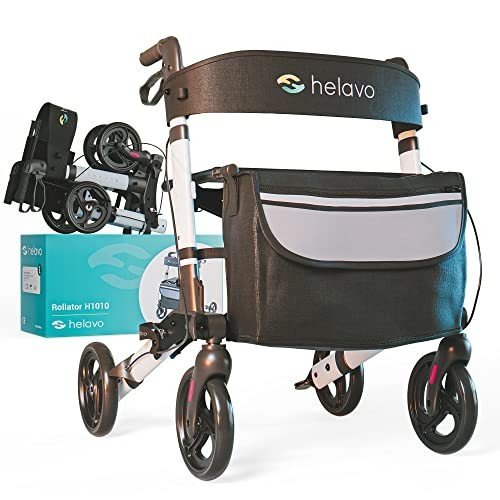Adjustable walkers are essential mobility aids designed to offer stability and assistance to individuals with mobility obstacles. They boost independence, safety, and confidence for people recovering from surgical treatment, dealing with persistent conditions, or dealing with age-related mobility issues. This short article looks into the functions, types, benefits, and typical FAQs connected to adjustable walkers, providing insights for prospective users and caretakers.
An adjustable walker is a mobility aid that normally features a lightweight frame with four legs, geared up with handgrips for assistance. It can be gotten used to accommodate various heights, making sure users obtain a comfortable wrist position while supporting their weight. Adjustable walkers can be found in various styles, each customized to specific requirements.
| Feature | Description |
|---|---|
| Height Adjustment | Telescoping legs for customized height settings |
| Weight Capacity | Varies by model, supporting various body weights |
| Foldability | Collapsible style for simple transportation and storage |
| Wheels | Offered in both wheeled and non-wheeled options |
| Extra Accessories | Trays, baskets, and cup holders for user benefit |
The price of adjustable walkers varies depending on features, materials, and brand. Here's a summary of the typical costs associated with different types:
| Walker Type | Average Cost |
|---|---|
| Requirement Walkers | ₤ 50 - ₤ 100 |
| Wheeled Walkers | ₤ 75 - ₤ 200 |
| Hemi Walkers | ₤ 60 - ₤ 150 |
| Infant Walkers | ₤ 30 - ₤ 70 |
The best Adjustable Walker (Www.pakalljobz.com) depends on your specific needs, physical condition, and environment. It's vital to speak with a healthcare professional to figure out the most appropriate type.
A lot of adjustable walkers feature a height-adjustment mechanism. However, not all walkers are adjustable. It's vital to examine item specifications before buying.
Yes, wheeled walkers (or rollators) are safe for users who can navigate them properly. They typically consist of brakes for added safety when fixed.
Routine care involves cleaning the walker with mild soap and water, looking for wear on grips and wheels, and guaranteeing systems run smoothly.
Yes, many adjustable walkers are foldable and designed for simple transport. Nevertheless, it's recommended to examine the specific guidelines of the transport service.

Many users can run adjustable walkers separately, especially when properly fitted to their height. Nevertheless, those with severe mobility problems might gain from assistance.
Adjustable walkers are vital tools for enhancing mobility, self-reliance, and safety. With a variety of design and styles, individuals can discover a walker tailored to their requirements. Caretakers and users alike must appreciate the importance of speaking with health care professionals to make informed decisions regarding mobility aids. Comprehending the features, benefits, and factors to consider of adjustable walkers empowers people to keep an active way of life, improving their lifestyle regardless of mobility difficulties.
No Data Found!
